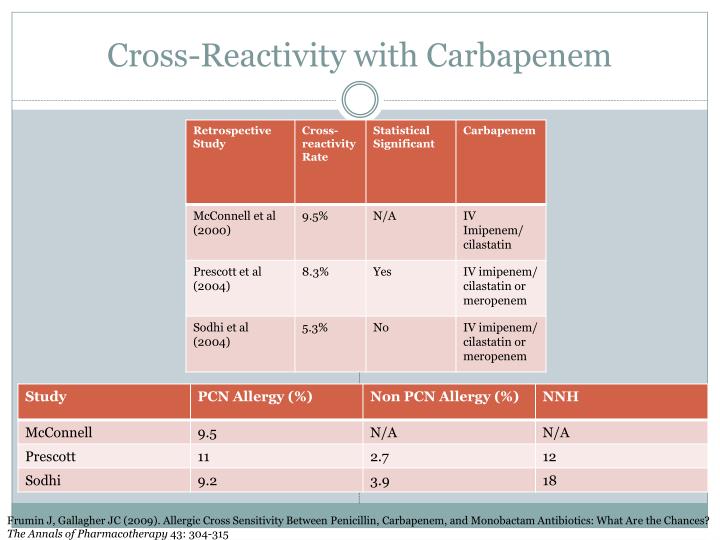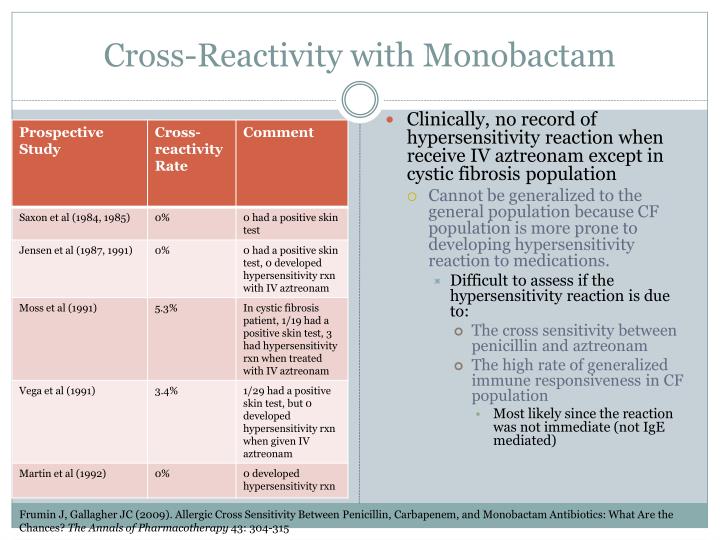

The sections were counterstained with Mayer’s hematoxylin and mounted in Aquatex (Merck Pharma, Darmstadt, Germany).

The positive reaction was visualized by 3-amino-9ethyl-carbazole (AEC) (Sigma-Aldrich Merck, Darmstadt, Germany). The primary antibody anti-tryptase (Agilent-Dako, Santa Clara, CA, USA) was applied at a 1:100 ratio and incubated overnight at 4 ☌. Enzyme pre-treatment with proteinase K (0.01% at 37 ☌) was necessary to facilitate antigen retrieval and to increase membrane permeability to antibodies.

The reported case offers food for thought regarding the study of cross-reactivity and the need to clarify the predictability and preventability of the phenomenon in fatal events.Īn immunohistochemical investigation to assess the mast-cell population was performed using antibodies anti-tryptase for lung sections. The cause of death was identified as anaphylactic shock: past administrations of cefepime sensitized the subject to cephalosporins and a fatal cross-reactivity of ceftriaxone with cefepime occurred due to the identical seven-position side chain structure in both molecules. A complete post-mortem examination was performed, including gross, histological and immunohistochemical examination, with an anti-tryptase antibody. Serum dosage of mast cell tryptase from a femoral blood sample at 3 and 24 h detected values of 87.7μg/L and 93.5μg/L, respectively (cut-off value 44.3 μg/L) the serum-specific IgE for penicillins, amoxicillin, cephaclor and also for the most common allergens were also determined. The present report describes the case of a 79-year-old man who suddenly died after intramuscular administration of ceftriaxone. Cross-reactivity between cephalosporins represents, in fact, a well-known threatening event involving cephalosporins with similar or identical R1- or R2-side chains. Allergic reaction to cephalosporins may occur because of sensitization to unique cephalosporin haptens or to determinants shared with penicillins. Immediate reactions to cephalosporins are reported in the literature with a prevalence of only 1–3% of the population, while anaphylactic reactions are rarely described (approximately 0.0001–0.1%) as well as fatalities. Antibiotic cross-reactivity represents a phenomenon of considerable interest as well as antibiotic resistance.


 0 kommentar(er)
0 kommentar(er)
